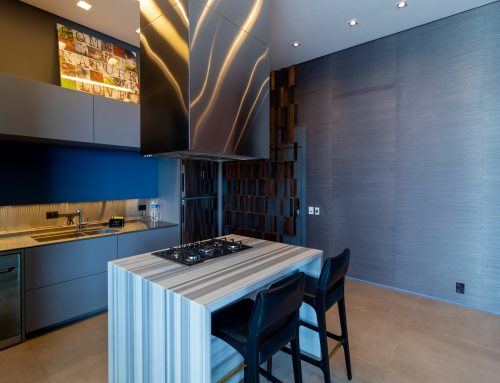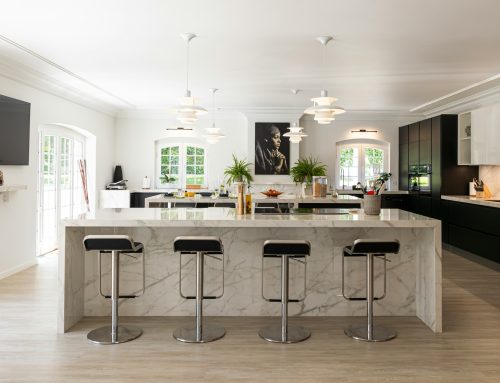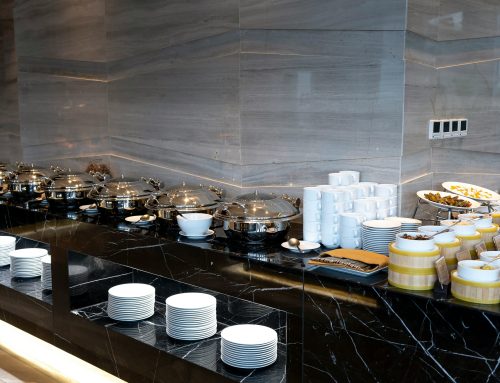If you’ve ever admired the timeless beauty of marble, granite, or quartzite in kitchens and bathrooms, you might think those elegant surfaces come only from full slabs of stone. But there’s a secret in the design world that’s helping homeowners and designers achieve the same luxury look for less: stone remnants.
They’re sustainable, affordable, and surprisingly versatile — yet many people don’t know just how valuable they are. Here’s everything you didn’t know about stone remnants and why they’re worth considering for your next project.
1. They’re Not “Scraps” — They’re Premium Stone
One of the biggest misconceptions about stone remnants is that they’re leftover scraps or lower-quality pieces. In reality, they’re cut from the exact same slabs used for high-end projects.
When a stone fabricator cuts a slab for a large job (like a kitchen countertop), smaller pieces often remain. These remnants have the same texture, polish, and durability — they’re simply smaller in size.
2. They Can Save You 30–70% Compared to Full Slabs
Buying a full slab means paying for the entire piece, even if you only use part of it. With remnants, you’re only paying for what you need.
That’s why many homeowners save up to 70% on material costs when they choose remnants — especially for small projects like vanities, fireplace surrounds, or laundry counters.
3. Every Remnant Is One-of-a-Kind
Each remnant features unique veining, color variations, and natural movement. That makes every project you create completely unique — even more so than standard slab installations, where uniformity is often prioritized.
If you want something that feels custom and original, remnants deliver that distinct, artistic appeal.
4. They’re Perfect for Small to Mid-Sized Projects
Most homes have areas that don’t require a full slab — and that’s where remnants shine. They’re ideal for:
-
Bathroom vanities
-
Kitchen islands or bar tops
-
Fireplace surrounds
-
Laundry or mudroom counters
-
Coffee tables and console tops
-
Outdoor kitchens and patio tables
These projects often use smaller surfaces, making remnants a smart and cost-effective fit.
5. Designers Love Them for Custom Furniture
Stone remnants are becoming a designer favorite for custom furniture pieces. By pairing a unique stone remnant with a modern metal or wood base, you can create coffee tables, nightstands, and sideboards that feel completely bespoke — all without luxury-brand pricing.
6. They Support Sustainable Design
Choosing remnants helps reduce waste in the stone industry. Instead of discarding leftover stone, you’re giving it a second life. It’s an easy way to make your home more eco-friendly while still achieving a high-end aesthetic.
In fact, many designers now incorporate remnants as part of a sustainable remodeling plan, especially in projects aiming for LEED certification or eco-conscious standards.
7. You Can Mix and Match Styles
Because remnants come in smaller sizes, you can combine different stones in a single project. Imagine a white marble vanity with a dark quartzite backsplash, or a granite island paired with a contrasting bar top.
This mix-and-match approach adds texture and depth to modern spaces, letting you get creative without major cost increases.
8. They’re Easy to Customize
Remnants can be cut, polished, and shaped just like full slabs. Whether you want sleek, modern lines or a traditional ogee edge, fabricators can finish remnants to match your exact vision.
Final Thoughts
Stone remnants are the design world’s best-kept secret — offering the same beauty and performance as full slabs, but at a fraction of the cost. They’re eco-friendly, completely unique, and perfect for smaller projects where creativity matters most.
Whether you’re working on a bathroom upgrade, a custom furniture piece, or a statement fireplace, stone remnants prove that luxury doesn’t have to come with a luxury price tag.
Ready to discover the possibilities? Browse our stone remnant collection online and find the perfect piece to make your next project unforgettable.





